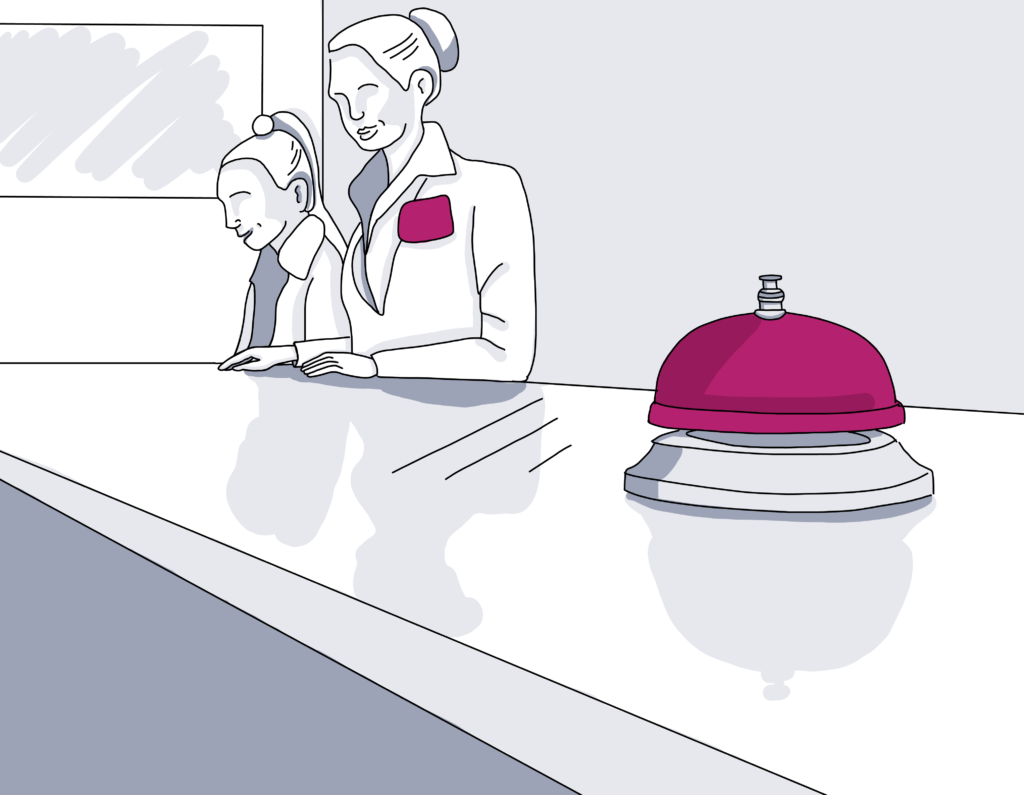Crucial Strategies for Improving Wiring and Linkage in Audiovisual Systems
While setting up audio-visual systems, the importance of cabling and connectivity cannot be overstated. Proper infrastructure does more than just ensures that audio and video quality are maintained but also guarantees the reliability of the overall system. In any AV arrangement, whether for a school, corporate space, or residential cinema, optimizing the wiring can lead to enhanced performance and fewer technical issues. This guide will outline key strategies for enhancing wiring and interfacing in AV systems.
The first step in improving audio-visual setups is to choose the suitable cables for the application. Different types of cables serve various purposes, so identifying reliable ones is crucial. For example, HDMI cables are widely used for carrying high-definition image and acoustic signals. In comparison, balanced audio cables like XLR can reduce distortion in sound systems. It is critical to evaluate the length and durability of these cables, as longer cables can cause signal loss. By utilizing high-quality cables that fit the precise needs of the AV setup, users can dramatically boost overall performance.

Another key strategy is managing the wiring effectively. A neatly arranged wiring system not only seems neater but also improves functionality. Using cable management solutions like clips, ties, or sleeves can help maintain wires orderly and prevent tangling. This structure also makes it more efficient to diagnose any issues that may occur. Labeling each cable according to its purpose or source can reduce time during repairs or repairs. A logical layout helps technicians readily identify connections, which is especially beneficial in large-scale systems with numerous devices.
Additionally, assessing the configuration of the space is crucial for improving connectivity. The placement of click here for info components can affect how signals travel through cables. Positioning devices too far apart may call for longer cables or signal boosters, which can be costly and affect quality. It is helpful to plan the arrangement of equipment strategically, taking into account the proximity between devices and potential obstacles such as walls or furniture. This strategic placement can reduce issues related to signal loss and improve connectivity throughout the AV system.
Regular maintenance checks are another critical strategy for ensuring optimal performance of AV cabling and system integration. Over time, cables may become damaged due to movement or wear and tear. Routinely inspecting all connections helps detect potential problems before they develop into significant issues. Replacing worn-out cables and maintaining connectors can maintain signal quality and support the system runs smoothly. Keeping a checklist for periodic maintenance can help users stay on top of this aspect of their AV setups.
Finally, keeping up-to-date about emerging innovations and guidelines is essential for anyone involved in AV systems. The sector is constantly advancing with improvements in technology that can elevate performance and efficiency. Participating in workshops, reading industry publications, or joining professional groups can provide valuable insights into industry standards and latest tools in the industry. By adopting these innovations and integrating them to legacy systems, users can evolve their AV installations on an ongoing basis while maintaining they remain in line with industry standards.
In closing, enhancing infrastructure and read here connectivity in AV setups involves thoughtful selection of cables, effective organization, thoughtful space design planning, regular maintenance checks, and staying updated on technological advancements. By implementing these strategies, users can achieve better performance and reliability in their audio-visual setups, ultimately leading to a more enjoyable experience for everyone involved.